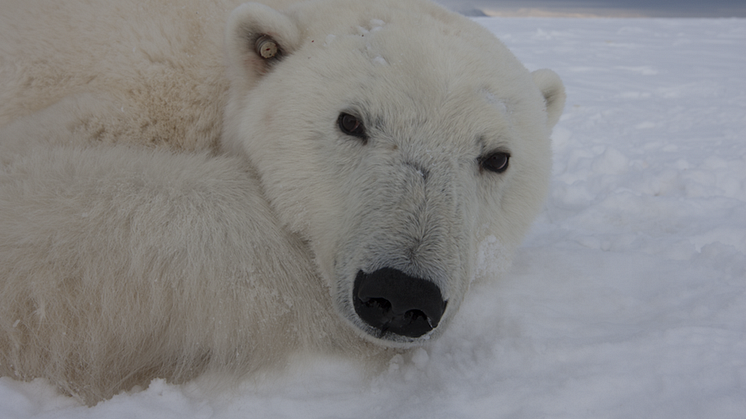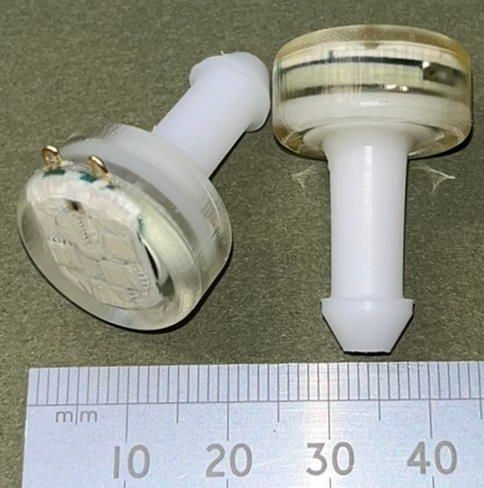
Nyhet -
Tracking polar bear reproduction using light-recording ear studs
Animal population monitoring, that is the repeated observation of animal populations over time, is critical for detecting trends and their causes in a changing and increasingly impacted environment. This can be done by observing animals either directly (e.g. using binoculars) or remotely (e.g. using radar or tracking devices). Polar bears inhabit the remote Arctic, making it logistically challenging and expensive to monitor them. A new study introduces how polar bear "ear-jewelry" can help us address this challenge. Small, low-cost ear studs that record light and temperature can be equipped to a bear for many years. This device can be used to study when, where and how successfully bears give birth and raise offspring. This way we can more reliably monitor polar bears and thus discover if their populations are decreasing and why. These ear tags have the potential to be widely used and adapted to help monitor many other animals.

The results from a proof-of-concept study using this technology have been recently published in the journal Animal Biotelemetry (https://doi.org/10.1186/s40317-023-00323-4). The paper is a collaboration between Akvaplan-niva, the Norwegian Polar Institute, the University of Washington, the Greenland Institute of Natural Resources, and Migrate Technology Ltd. Ten years of study on Svalbard and Greenland confirmed the usefulness of these ear tags for estimating location, reproductive success, denning location, age at first reproduction, and population connectivity. Such information is vital for managing polar bear populations in a rapidly changing Arctic.
